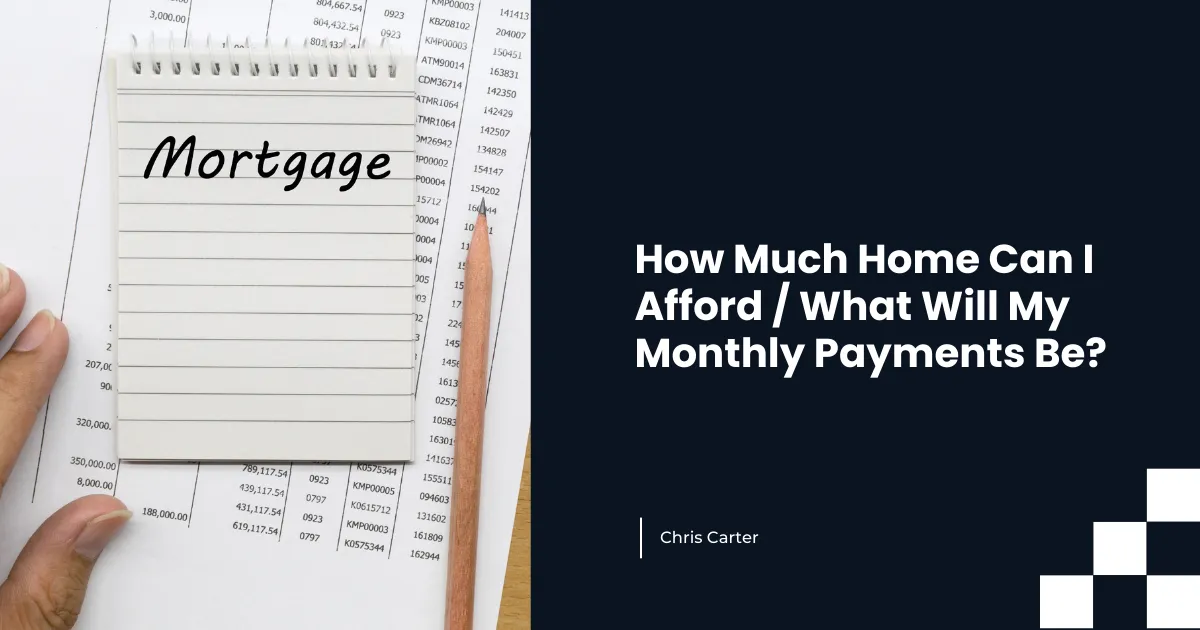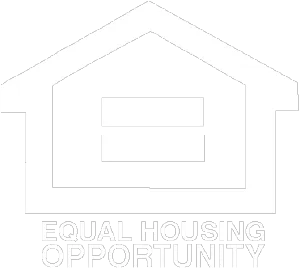
How Much Home Can I Afford / What Will My Monthly Payments Be?
Why “How Much Can I Afford?” Is the Right First Question
Before browsing listings or falling in love with a dream home, the smartest first step is understanding how much home you can truly afford. This isn’t just about what a lender will approve—it's about what fits your lifestyle and long-term financial goals.
Lenders look at several key factors when deciding how much you can borrow: your income, debt-to-income ratio, credit score, down payment, and current interest rates. But you should also consider what monthly payment feels comfortable—not just what’s technically possible.
The 28/36 Rule: A Quick Starting Point
Most lenders follow the “28/36 rule” as a basic affordability guide:
28% of your gross monthly income can go toward housing expenses (mortgage, taxes, insurance).
36% should be your maximum for total monthly debt, including student loans, car payments, credit cards, and your mortgage.
For example, if you make $6,000/month before taxes:
28% = $1,680 for total housing costs
36% = $2,160 for all debt obligations
This gives you a ballpark, but the actual number may vary depending on the loan program, credit profile, and lender guidelines.
Breaking Down Monthly Payments
Your mortgage payment is made up of more than just the loan principal. Here's what you'll typically see in a monthly bill:
Principal – The amount you borrowed
Interest – What you’re charged to borrow
Taxes – Local property taxes
Insurance – Homeowner’s and sometimes mortgage insurance
This is often abbreviated as PITI (Principal, Interest, Taxes, Insurance).
Use an online mortgage calculator to experiment with different home prices and down payments to see how monthly payments change. Here's a simple tool:
https://www.mortgagecalculator.org/
What Impacts Monthly Payments the Most?
Loan amount – Higher loans = higher payments
Interest rate – A lower rate can save hundreds each month
Loan term – A 15-year loan has higher payments, but you pay it off faster
Property taxes – Varies widely by location
HOA fees – Not included in your mortgage, but part of your housing costs
Down payment – More money down = smaller loan
Affordability Is Personal
Some buyers prefer to stay well below the max amount they’re approved for, giving themselves breathing room for travel, savings, or family goals. Others are comfortable pushing limits for their ideal home.
Talk with a loan officer early. They can help you understand not just what you qualify for, but what makes sense for you.
Resources:
28/36 rule reference: https://www.consumerfinance.gov/ask-cfpb/what-does-the-28-36-rule-mean-en-1971/
Mortgage calculator: https://www.mortgagecalculator.org/
Down payment assistance tools: https://www.downpaymentresource.com/


